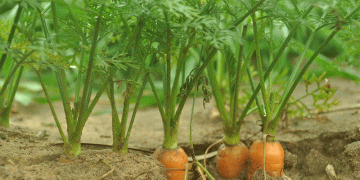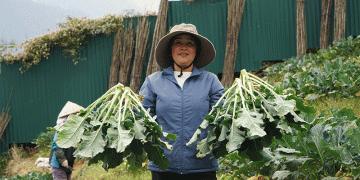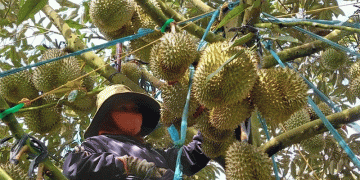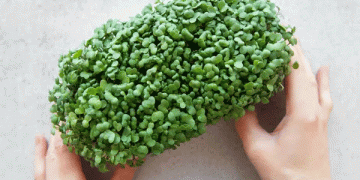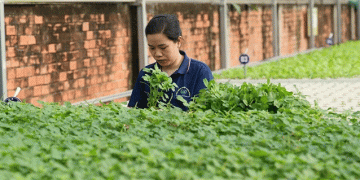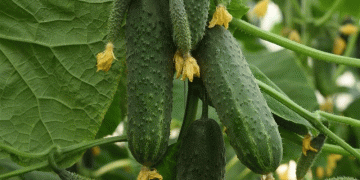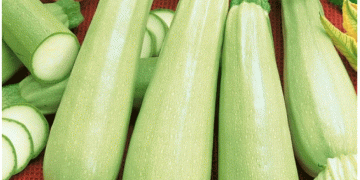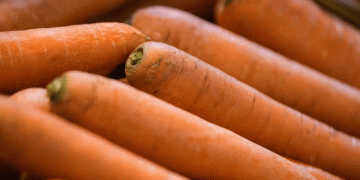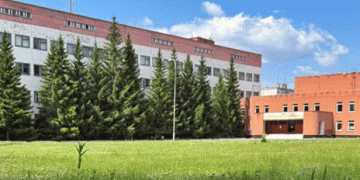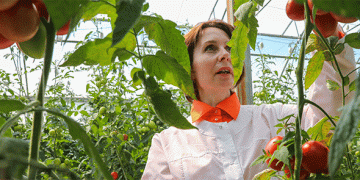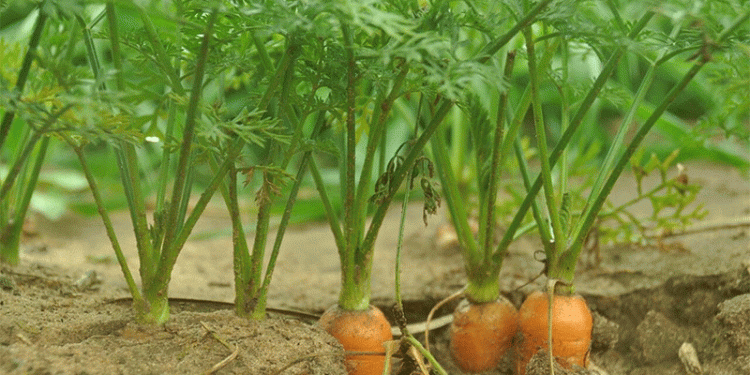While many growers consider August primarily as harvest season, agricultural research now reveals this period as the most crucial window for determining final carrot quality and economic value. During these final weeks, carrots undergo their most intensive growth phase, where proper nutritional management can increase root size by up to 40% and sugar content by nearly 30%. According to recent studies in precision agriculture, implementing targeted potassium and phosphate fertilization during this specific timeframe represents the difference between a standard commodity crop and a premium product that commands significantly higher market prices.
The Science Behind Late-Season Nutrition
The physiological processes occurring during August explain why nutritional timing proves so critical. As carrot roots complete their development, they shift resources toward sugar accumulation and cellular expansion—processes directly dependent on potassium and phosphorus availability. Research published in the Journal of Plant Nutrition (2024) demonstrates that potassium regulates osmotic pressure and carbohydrate transport, ultimately determining root size and form, while phosphorus directly influences sugar metabolism and flavor development. Conversely, nitrogen application during this period stimulates unwanted foliage growth at the expense of root quality, with studies showing that August nitrogen applications can reduce marketable yield by up to 25%.
Field trials conducted by the International Carrot Association (2025) provide compelling evidence for precise fertilization timing. Their research compared conventional season-long fertilization against targeted late-season potassium-phosphate applications. The results demonstrated that crops receiving focused August nutrition showed:
- 22-38% increase in root diameter and length
- 18-27% higher sugar content (measured as Brix levels)
- 35% reduction in cracking and deformities
- Enhanced storage longevity and reduced post-harvest losses
Practical Implementation Strategies
Growers have multiple effective options for delivering these essential nutrients:
- Wood Ash Application: This traditional potassium source contains approximately 5-7% water-soluble potassium. Application rates of 1-2 pounds per 100 square feet, either directly incorporated into soil or as a steeped liquid solution, provide readily available potassium without chemical additives.
- Boric Acid Foliar Sprays: Boron works synergistically with potassium to enhance sugar translocation. Dilute solutions (1 teaspoon per 2.5 gallons of water) applied as foliar sprays during August have been shown to increase sugar content by 20-25% in university trials.
- Monopotassium Phosphate: This specialized fertilizer (0-52-34) provides ideal potassium-phosphorus ratios for late-season application. Applied at rates of 1-2 pounds per acre in solution 3-4 weeks before harvest, it’s particularly effective for late-maturing varieties.
Water Management: The Critical Companion to Nutrition
Parallel to nutritional management, careful water regulation proves equally vital during the final growth phase. As roots reach maturity, their water requirements decrease substantially. Research from the Agricultural Water Management Journal (2024) indicates that reducing irrigation frequency to 3-4 times monthly during August, while maintaining deep soil moisture, optimizes final quality. Overwatering during this period increases cracking incidence by 35-40%, while controlled water stress actually enhances sugar concentration and flavor development.
The final weeks before carrot harvest represent an unparalleled opportunity to dramatically improve crop quality, market value, and profitability. By implementing targeted potassium and phosphorus nutrition through either organic or conventional sources, while carefully managing irrigation to prevent cracking, growers can transform their harvest from standard to exceptional. The evidence from multiple research institutions confirms that carrots receiving proper late-season nutrition demonstrate measurable improvements in size, sweetness, visual appeal, and storage capability. For commercial growers, this approach represents one of the highest returns on investment in vegetable production, potentially increasing market value by 30-50% for premium-quality carrots. As harvest approaches, this focused attention to final-stage growth management offers tangible economic benefits that justify the additional management effort.
